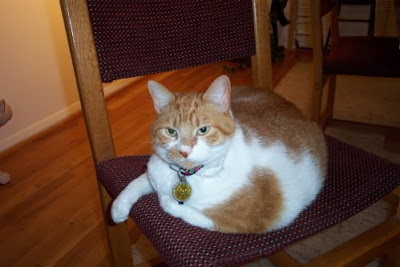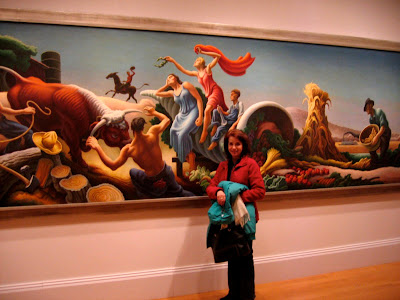Practical Magic

Art is about having visions. We all have such experiences. Artists are charged with the very special job giving those visions physical form. You have to do it by working with your materials and by mastering the craft. I like to think of being an artist as a kind of magician. Like magicians, we have to be knowledgeable and extremely practical. There is nothing more hopeful than stretching a new large canvas. Above is a brand new 36 x 72" stretched linen canvas waiting to have its oil ground applied before I can begin actually painting on it. It's labor intensive and repetitive. It takes hours to build the wooden stretcher bars, cut the cloth to shape and staple it down, and finally apply the glue sizing. In a way it is meditative. When you are finally done you unconsciously know the terrain where your new painting is to unfold. That's why I like doing all these steps myself. The glue that I use to seal the fabric off from the potentially damaging oils in my paint is made







